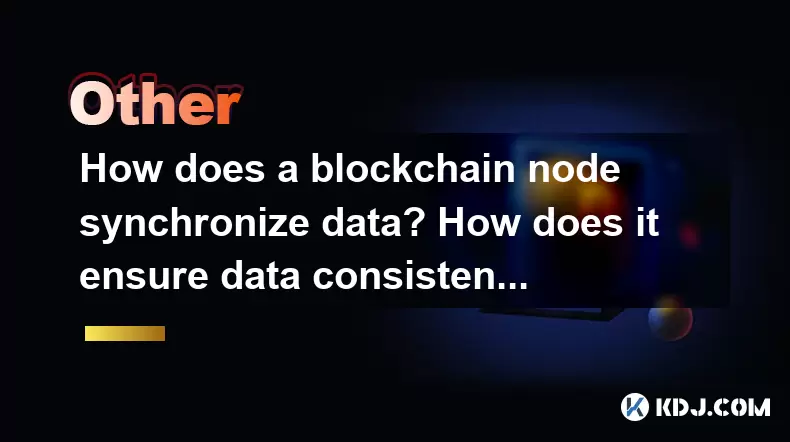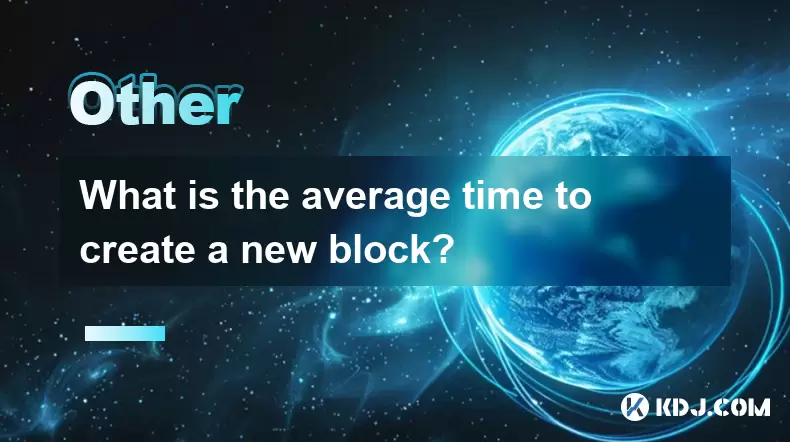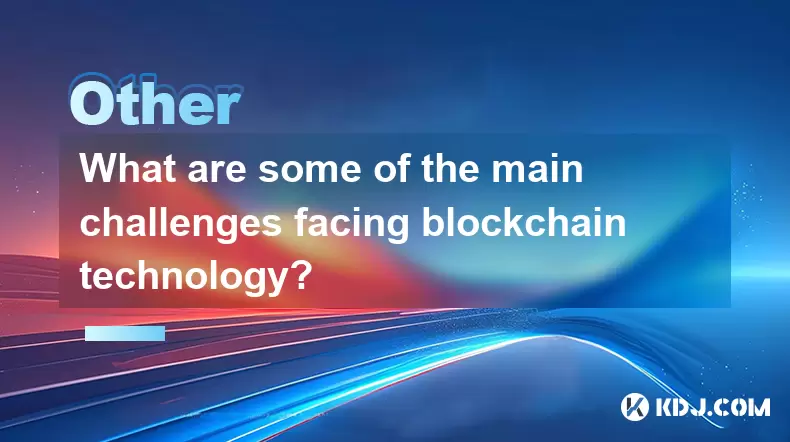-
 Bitcoin
Bitcoin $117500
2.15% -
 Ethereum
Ethereum $3911
6.19% -
 XRP
XRP $3.316
10.79% -
 Tether USDt
Tether USDt $1.000
0.01% -
 BNB
BNB $787.2
2.24% -
 Solana
Solana $175.2
4.15% -
 USDC
USDC $0.9999
0.00% -
 Dogecoin
Dogecoin $0.2225
8.40% -
 TRON
TRON $0.3383
0.28% -
 Cardano
Cardano $0.7868
6.02% -
 Stellar
Stellar $0.4382
9.34% -
 Hyperliquid
Hyperliquid $40.92
7.56% -
 Sui
Sui $3.764
7.63% -
 Chainlink
Chainlink $18.48
10.66% -
 Bitcoin Cash
Bitcoin Cash $582.1
1.88% -
 Hedera
Hedera $0.2601
6.30% -
 Avalanche
Avalanche $23.33
4.94% -
 Ethena USDe
Ethena USDe $1.001
0.02% -
 Litecoin
Litecoin $122.3
2.04% -
 UNUS SED LEO
UNUS SED LEO $8.969
-0.27% -
 Toncoin
Toncoin $3.339
0.86% -
 Shiba Inu
Shiba Inu $0.00001287
4.30% -
 Uniswap
Uniswap $10.43
7.38% -
 Polkadot
Polkadot $3.861
5.08% -
 Dai
Dai $1.000
0.02% -
 Bitget Token
Bitget Token $4.513
3.41% -
 Monero
Monero $267.7
-6.18% -
 Cronos
Cronos $0.1499
4.14% -
 Pepe
Pepe $0.00001110
5.15% -
 Aave
Aave $284.9
8.28%
How does a blockchain node synchronize data? How does it ensure data consistency?
Blockchain nodes synchronize data through Initial Blockchain Download, continuous updates, and consensus mechanisms to maintain network integrity and consistency.
May 17, 2025 at 02:07 pm

Introduction to Blockchain Node Synchronization
Blockchain nodes are essential components of a blockchain network, responsible for maintaining and validating the distributed ledger. The process of synchronization ensures that all nodes in the network have the same data, which is crucial for the integrity and security of the blockchain. Synchronization involves updating a node's local copy of the blockchain to match the most current version held by other nodes in the network. This article delves into the mechanisms of how a blockchain node synchronizes data and ensures data consistency across the network.
The Role of Full Nodes and Light Nodes
In a blockchain network, there are different types of nodes, primarily full nodes and light nodes. Full nodes store the entire blockchain and validate all transactions and blocks, while light nodes store only the block headers and rely on full nodes for transaction validation. Full nodes play a critical role in synchronization, as they are responsible for storing and verifying the complete history of transactions.
- Full nodes maintain the entire blockchain, ensuring that they have a comprehensive record of all transactions and blocks.
- Light nodes use a subset of data, making them more efficient in terms of storage and bandwidth but dependent on full nodes for complete validation.
Initial Blockchain Download (IBD)
When a new node joins the blockchain network, it must undergo an Initial Blockchain Download (IBD). This process involves downloading and verifying the entire blockchain from the genesis block to the latest block. The IBD is crucial for ensuring that the new node has the same data as the rest of the network.
- The node connects to multiple peer nodes to obtain the blockchain data.
- It downloads the blocks in sequence, starting from the genesis block.
- Each block is verified against the blockchain's consensus rules, ensuring its integrity and validity.
- Once the IBD is complete, the node is considered synchronized and can participate in the network.
Continuous Synchronization and Block Propagation
After the initial synchronization, nodes must continuously update their local copy of the blockchain to reflect new blocks and transactions. Block propagation is the process by which new blocks are distributed across the network.
- When a new block is mined, it is broadcast to the network by the miner.
- Nodes receive the new block and verify its validity according to the blockchain's consensus rules.
- If the block is valid, nodes add it to their local copy of the blockchain, updating their data.
- This continuous synchronization ensures that all nodes maintain a consistent view of the blockchain.
Ensuring Data Consistency Through Consensus Mechanisms
Data consistency in a blockchain network is maintained through consensus mechanisms, which ensure that all nodes agree on the state of the blockchain. Different blockchains use different consensus mechanisms, such as Proof of Work (PoW), Proof of Stake (PoS), and others.
- Proof of Work (PoW) requires nodes to solve complex mathematical puzzles to add new blocks to the blockchain. This process ensures that the majority of nodes agree on the blockchain's state.
- Proof of Stake (PoS) relies on validators who are chosen to create new blocks based on the number of coins they hold and are willing to "stake" as collateral. This method also ensures consensus across the network.
- Regardless of the consensus mechanism used, the goal is to achieve a single, agreed-upon version of the blockchain across all nodes.
Handling Forks and Conflicts
In a blockchain network, forks can occur when different nodes have different versions of the blockchain. Forks can be temporary or permanent and must be resolved to ensure data consistency.
- Temporary forks occur when nodes temporarily disagree on the latest block due to network latency or other issues. These are usually resolved quickly as nodes synchronize to the longest valid chain.
- Permanent forks occur when a significant portion of the network adopts a different version of the blockchain, often due to changes in the protocol or disagreements among participants. These require manual intervention or a hard fork to resolve.
- Nodes continuously monitor the network for forks and conflicts, and they use the consensus rules to determine which version of the blockchain to follow.
Data Validation and Verification
Data validation and verification are crucial for ensuring the integrity of the blockchain. Each node must validate incoming data against the blockchain's consensus rules to ensure its validity.
- Transaction validation involves checking that the transaction's inputs and outputs are valid, that the sender has the necessary funds, and that the transaction adheres to the blockchain's rules.
- Block validation involves verifying that the block's hash meets the required difficulty, that all transactions within the block are valid, and that the block's timestamp is within the acceptable range.
- Nodes perform these validations independently, ensuring that the data they accept is consistent with the rest of the network.
Network Topology and Node Communication
The network topology and how nodes communicate with each other play a significant role in synchronization and data consistency. Nodes are connected in a peer-to-peer network, and they exchange data through gossip protocols.
- Gossip protocols allow nodes to share information with their peers, ensuring that data propagates quickly across the network.
- Nodes maintain a list of known peers and regularly connect to new peers to ensure they have the most up-to-date information.
- This decentralized communication ensures that data is distributed efficiently and that nodes can quickly synchronize with the network.
Frequently Asked Questions
Q: Can a node synchronize with the blockchain if it is offline for an extended period?
A: Yes, a node can synchronize with the blockchain even if it has been offline for an extended period. When the node comes back online, it will initiate the synchronization process, downloading and verifying all the blocks it missed during its downtime. This process may take longer depending on the amount of data to be synchronized.
Q: How does a node handle conflicting data from different peers?
A: When a node receives conflicting data from different peers, it uses the blockchain's consensus rules to determine which data to accept. Typically, the node will follow the longest valid chain, as this is considered the most authoritative version of the blockchain. If the conflict cannot be resolved automatically, the node may require manual intervention or a hard fork to resolve the issue.
Q: What happens if a node's local copy of the blockchain becomes corrupted?
A: If a node's local copy of the blockchain becomes corrupted, it will need to re-synchronize with the network. The node will initiate an IBD, downloading and verifying the entire blockchain again to ensure its data is consistent with the rest of the network. This process can be time-consuming but is necessary to maintain the integrity of the node's data.
Q: How do nodes ensure the privacy of transactions during synchronization?
A: Nodes ensure the privacy of transactions during synchronization by only sharing the necessary data required for validation. In many blockchains, transaction details are encrypted or hashed, ensuring that sensitive information remains private. Additionally, nodes can use techniques like zero-knowledge proofs to validate transactions without revealing their contents.
Disclaimer:info@kdj.com
The information provided is not trading advice. kdj.com does not assume any responsibility for any investments made based on the information provided in this article. Cryptocurrencies are highly volatile and it is highly recommended that you invest with caution after thorough research!
If you believe that the content used on this website infringes your copyright, please contact us immediately (info@kdj.com) and we will delete it promptly.
- XRP ETF, Bitcoin ETF, and Japan: A New Era for Crypto Investing?
- 2025-08-08 14:30:12
- Crypto, Congress, and Bills: Navigating the Regulatory Landscape in 2025
- 2025-08-08 14:30:12
- Union Jack Oil, Unused Gas, and Bitcoin: A New York Minute on UK's Crypto-Energy Play
- 2025-08-08 14:50:12
- Bitcoin Price: Bullish Flag Points to $123K Breakout?
- 2025-08-08 14:50:12
- Crypto Group's WNBA Dildo Toss: Meme Coin Mania or Just Plain Dumb?
- 2025-08-08 14:55:13
- Stablecoins, Hong Kong, and On-Chain Finance: Navigating the Regulatory Maze
- 2025-08-08 12:30:12
Related knowledge

What is the purpose of a nonce in mining?
Aug 04,2025 at 05:56pm
Understanding the Role of a Nonce in Cryptocurrency MiningIn the world of cryptocurrency mining, the term nonce stands for 'number used only once.' Th...

Can data on a blockchain be deleted?
Aug 05,2025 at 04:00am
Understanding Blockchain ImmutabilityThe core principle behind most blockchain systems is immutability, which means that once data is recorded onto th...

What is the difference between on-chain and off-chain transactions?
Aug 02,2025 at 04:22pm
Understanding On-Chain TransactionsOn-chain transactions refer to digital asset transfers that are recorded directly on a blockchain ledger. These tra...

What is the average time to create a new block?
Aug 06,2025 at 09:21pm
Understanding Block Creation in Blockchain NetworksThe average time to create a new block varies significantly depending on the specific blockchain pr...

How are blocks linked together?
Aug 04,2025 at 06:56am
Understanding the Structure of a BlockchainA blockchain is a decentralized digital ledger composed of a sequence of blocks, each containing a list of ...

What are some of the main challenges facing blockchain technology?
Aug 07,2025 at 02:58am
Scalability Constraints in Blockchain NetworksOne of the most persistent challenges in blockchain technology is scalability. As blockchain networks gr...

What is the purpose of a nonce in mining?
Aug 04,2025 at 05:56pm
Understanding the Role of a Nonce in Cryptocurrency MiningIn the world of cryptocurrency mining, the term nonce stands for 'number used only once.' Th...

Can data on a blockchain be deleted?
Aug 05,2025 at 04:00am
Understanding Blockchain ImmutabilityThe core principle behind most blockchain systems is immutability, which means that once data is recorded onto th...

What is the difference between on-chain and off-chain transactions?
Aug 02,2025 at 04:22pm
Understanding On-Chain TransactionsOn-chain transactions refer to digital asset transfers that are recorded directly on a blockchain ledger. These tra...

What is the average time to create a new block?
Aug 06,2025 at 09:21pm
Understanding Block Creation in Blockchain NetworksThe average time to create a new block varies significantly depending on the specific blockchain pr...

How are blocks linked together?
Aug 04,2025 at 06:56am
Understanding the Structure of a BlockchainA blockchain is a decentralized digital ledger composed of a sequence of blocks, each containing a list of ...

What are some of the main challenges facing blockchain technology?
Aug 07,2025 at 02:58am
Scalability Constraints in Blockchain NetworksOne of the most persistent challenges in blockchain technology is scalability. As blockchain networks gr...
See all articles

























































































